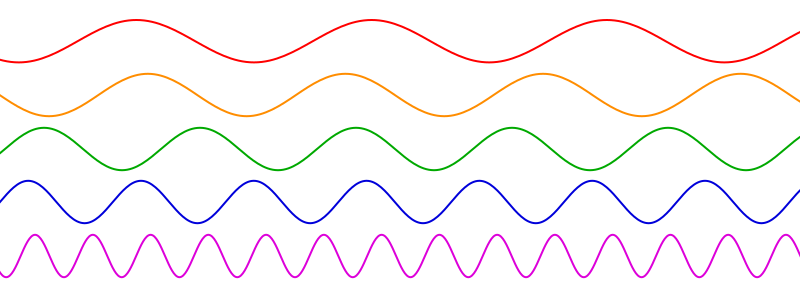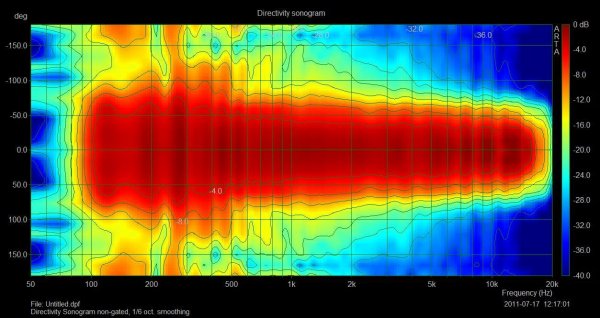Most of you probably know this -- these are speakers designed to take the room out of the equation -- the radiation pattern above 100 - 200 hz usually is cardioid or heart shaped. The goal is to greatly reduce or eliminate the first reflections from the sidewalls and floor and ceiling. The reflections that do hit your ear are later in time and blur the sound less.
Amphion, Gradient, Emerald Physics are some dynamic speakers that work this way, some horns works this way and some planars have a limited dispersion window or a null on either side as well. Some speakers have shallow waveguides on the tweeters that go part of the way toward controlled directivity and also increase efficiency.
I own a pair of Amphion Ions and have heard Gradients several times -- the clarity and imaging you hear almost jumps out at you. Now there are other aspects that contribute to the success of each of these -- time alignment, open baffle design, first order crossover, dipole bass to name a few -- but the sound is very distinctive and true.
As most rooms are untreated, and to the manufacturer, unpredictable, I wonder why more speakers aren't designed this way. Seems to make a lot of sense. Any ideas?
Amphion, Gradient, Emerald Physics are some dynamic speakers that work this way, some horns works this way and some planars have a limited dispersion window or a null on either side as well. Some speakers have shallow waveguides on the tweeters that go part of the way toward controlled directivity and also increase efficiency.
I own a pair of Amphion Ions and have heard Gradients several times -- the clarity and imaging you hear almost jumps out at you. Now there are other aspects that contribute to the success of each of these -- time alignment, open baffle design, first order crossover, dipole bass to name a few -- but the sound is very distinctive and true.
As most rooms are untreated, and to the manufacturer, unpredictable, I wonder why more speakers aren't designed this way. Seems to make a lot of sense. Any ideas?















